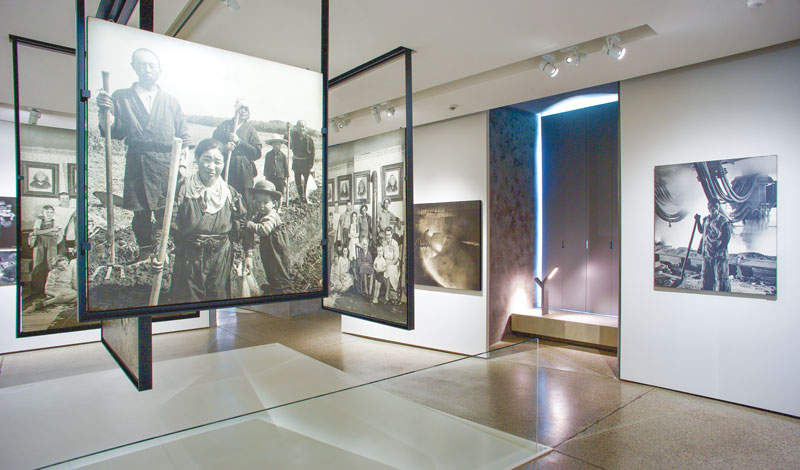Throughout 2025, the World Tribune is featuring on the cover historical acts by people and countries that shifted public sentiment and even thawed tensions between nations. We focus here on how emphasizing our commonalities brings people together.
Five-hundred and three photographs.
Two-hundred and seventy-three artists.
Sixty-eight countries.
One human family.
In 1955, the photography exhibition “The Family of Man” debuted at the Museum of Modern Art in New York. Curated by museum director Edward Steichen, an accomplished artist and pioneer in fashion photography, the exhibition sought to display a global solidarity in the decade following World War II.
The photographs, contributed by such famous artists as Robert Capa, Dorothea Lange and Ansel Adams, were grouped in common themes across cultures—love, birth, labor and joy, among them.
This approach, transcending political, racial and national boundaries, resonated deeply with audiences; the exhibition toured more than 150 museums globally and was viewed by more than 10 million visitors. Its message of unity was particularly significant at a time when Cold War tensions brought the ideological divisions between the United States and the Soviet Union into sharp relief. Said Mr. Steichen of its resonance: “The people in the audience looked at the pictures, and the people in the pictures looked back at them. They recognized each other” (Dec. 25, 1970, LIFE magazine, p. 35).
UNESCO added the exhibition to its Memory of the World Register in 2003 in recognition of its historic value. The exhibition remains on permanent display at the Chateau Clervaux in Luxembourg, the city of Mr. Steichen’s birth.
April 4, 2025 World Tribune, p. 11
You are reading {{ meterCount }} of {{ meterMax }} free premium articles

